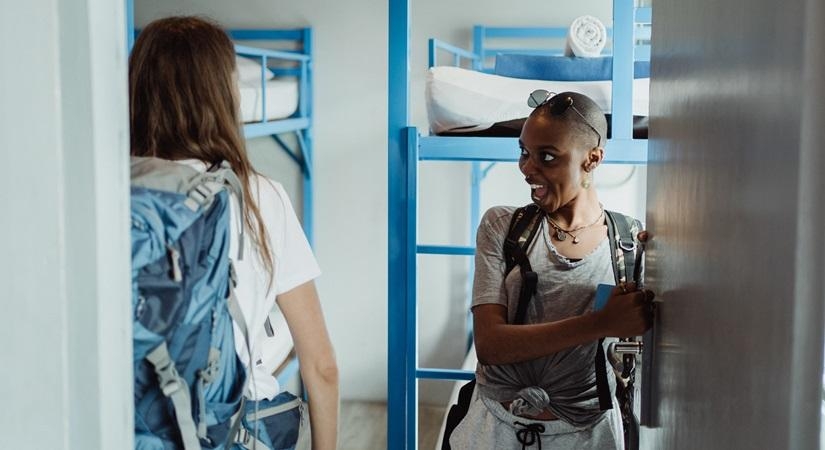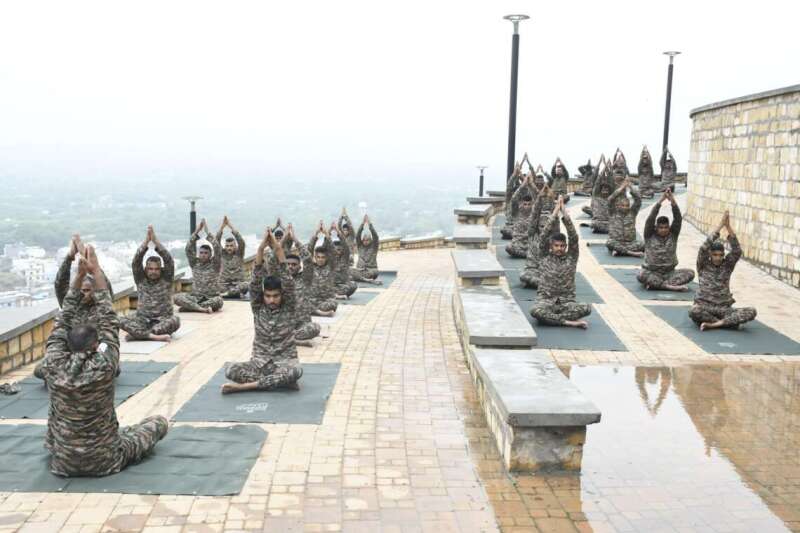Safety and security will remain a top priority in student housing. The incorporation of robust safety protocols and emergency response systems will ensure a secure environment for students…writes N. Lothungbeni Humtsoe
The student housing sector in India has witnessed significant growth in recent years, owing to the increasing demand for quality accommodation options for students pursuing higher education. The demand for student housing in India is expected to continue its upward trajectory, with the rise in enrolment in higher education institutions and the increasing preference for quality accommodation options. Venayak Gupta, Chief Revenue Officer at Your-Space, discusses with the next decade of student housing in India.
How do you envision the future of student housing in India over the next decade?
VG: The student housing industry is evolving quickly and we will continue to witness significant growth and transformation. Several factors contribute to this positive outlook. First and foremost, the demand for quality education in India is steadily rising. 3.5 crore enrol for higher education every year and more than 50 per cent of them move away from their hometown for college admissions. As a result, the need for suitable accommodation options will continue to grow.
There is also a clear shift away from mom-and-pop PGs to organised accommodation players. To meet this demand, the student housing industry will evolve to provide more innovative and comprehensive solutions.
What are the key trends and innovations that will shape the industry? What are some innovative approaches or technologies that are likely to transform the student housing landscape in India?
The future of student housing in India will be marked by a greater focus on student-centric design, technological advancements, sustainability, community-building, flexibility, and safety. By embracing these trends and innovations, the industry will elevate the standard of student living and contribute to the holistic development of students pursuing higher education in India.
Technology Integration: The integration of technology will play a vital role in enhancing the living experience. Right from infrastructure and amenities – smart locks, and wifi-connectivity to simplifying administrative tasks like automated billing, complaint redressal mechanism, and digital communication.
Enhanced Safety and Security Measures: Safety and security will remain a top priority in student housing. The incorporation of robust safety protocols and emergency response systems will ensure a secure environment for students.
Community and Social Spaces: Recognizing the importance of community and social interactions, there is a strong need of creating vibrant common areas and recreational spaces. These spaces will encourage collaboration, networking, and the development of lifelong friendships. We recently launched the YS Clubhouse on DU’s north campus, an industry-first initiative. It is an exclusive recreational space for students with amenities such as study pods, a gaming zone, a performance area, and a mini library.
Sustainable and Green Initiatives: With increasing environmental awareness, the industry will prioritize sustainability. Student housing providers will adopt energy-efficient designs, incorporate renewable energy sources, and implement waste management practices. Eco-friendly features like rainwater harvesting, solar panels, and green spaces will become standard, promoting a healthier and more sustainable.
What challenges do you anticipate for the student housing sector in India in the coming years, and what steps can be taken to overcome these challenges and ensure a thriving and inclusive ecosystem?
One of the major challenges is for the supply side to keep up with the demand-side requirements. While cities like Mumbai, Delhi, Bengaluru, and Pune have the infrastructure, foraying into tier 2 and tier 3 cities is constrained by the availability of quality assets. These are big demand centres and growing rapidly.
Additionally, policy decisions and regulations will also have a significant impact on the industry. For instance, the recent introduction of GST on student housing has resulted in increased accommodation costs for students. While the government is taking welcome measures to keep higher education affordable for students in terms of fees, it is imperative to look at this holistically to consider the overall cost of education which includes other aspects like accommodation and other services.
How are student housing providers addressing the increasing demand for personalized and tailored living experiences that cater to the diverse needs and preferences of students?
VG: The endeavour is to create facilities and environments that promote student comfort, well-being, and a seamless living experience. There are customisations and flexibility in the room configurations and amenities to cater to demand across price points and requirements. We are focusing on fostering a sense of community within the residences with regular social events, workshops, and networking sessions to encourage interaction and collaboration.
How do you foresee the impact of Covid-19 on the design and operation of student housing facilities in the long term, considering the adoption of online learning and remote work opportunities?
While the demand has consistently grown over the last couple of years and institutes are moving back to on-campus sessions, the Covid-19 pandemic has undoubtedly had a significant impact on the design and operation of student housing facilities. It has accelerated certain trends and prompted the industry to adapt to the changing landscape.
The pandemic has heightened awareness around health and safety measures. There is an increased emphasis on safety and hygiene. There is a conscious consideration to favour facilities that incorporate design elements and operational practices that prioritise hygiene. This could include touchless entry systems, improved ventilation, regular sanitisation protocols, and the provision of hand hygiene stations.
The increased reliance on online learning and remote work will necessitate robust technological infrastructure within student housing facilities. High-speed internet connectivity, reliable Wi-Fi coverage, and access to digital platforms will be crucial for students to participate in virtual classes, submit assignments, and engage in remote work. It’s important to point out that while online learning and remote work have gained prominence during the pandemic, the physical presence and social aspects of campus life remain significant for many students. Therefore, the design and operation of student housing facilities will likely strike a balance between accommodating digital needs and providing a vibrant, engaging environment that encourages personal interaction and growth.









